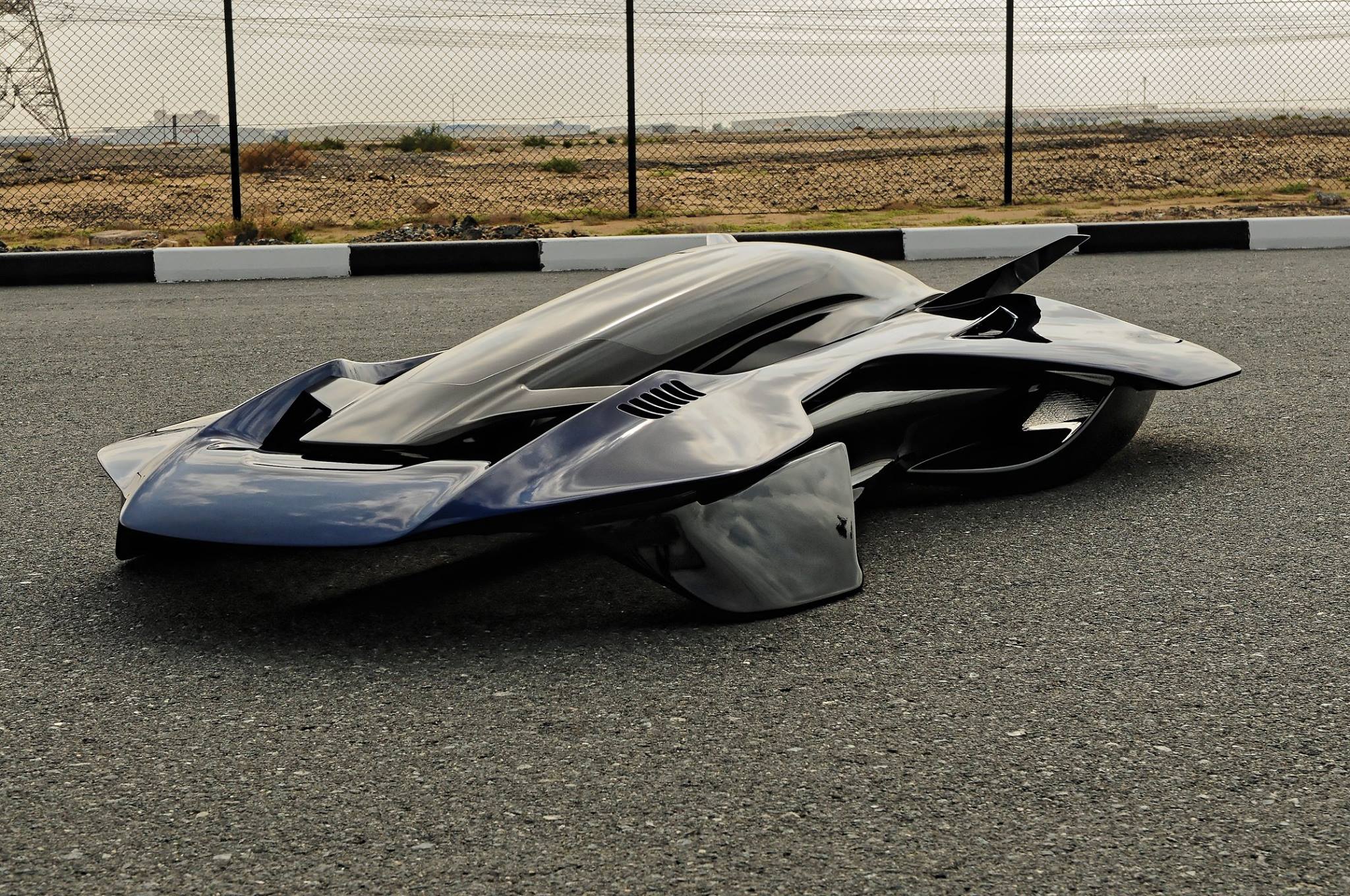
Students at the Royal College of Art in the UK have designed a one-seat, carbon fiber, multi-rotor flying vehicle featuring Sicomin’s epoxy resin materials.
ENATA Aerospace, based in the UAE, made the vehicle using PEI foam and ultra-thin biaxial carbon fiber non crimp fabric in a set of 32 molds used to manufacture the car body. The carbon fabric is built up from uni directional layers at different orientations. The completed vehicle is 2.5 m long, 1.5 m wide and has a full carbon fiber frame with a body weight of only 9 kgs.
The internal structure is made up of sandwich panels using carbon fiber fabrics and a nomex honeycomb core material. All body panels were wet laminated, and vacuum consolidated using female molds to provide an improved surface finish, according to the company.
ENATA chose Sicomin’s SR1700 epoxy system for the structure of the Antelope. According to the company, epoxy resin is stronger than alternative resin types, has good fatigue performance and durability, and is proven to work well when combined with carbon fiber. SR1700 has been formulated for the production of composites such as aerospace applications. The system has a low viscosity at ambient temperature and can be used with various hardeners for the vacuum moulding of small or large parts. It offers an improved adhesion to a variety of reinforcements such as glass, aramid and carbon, Sicomin says.
This story uses material from Sicomin, with editorial changes made by Materials Today. The views expressed in this article do not necessarily represent those of Elsevier.





